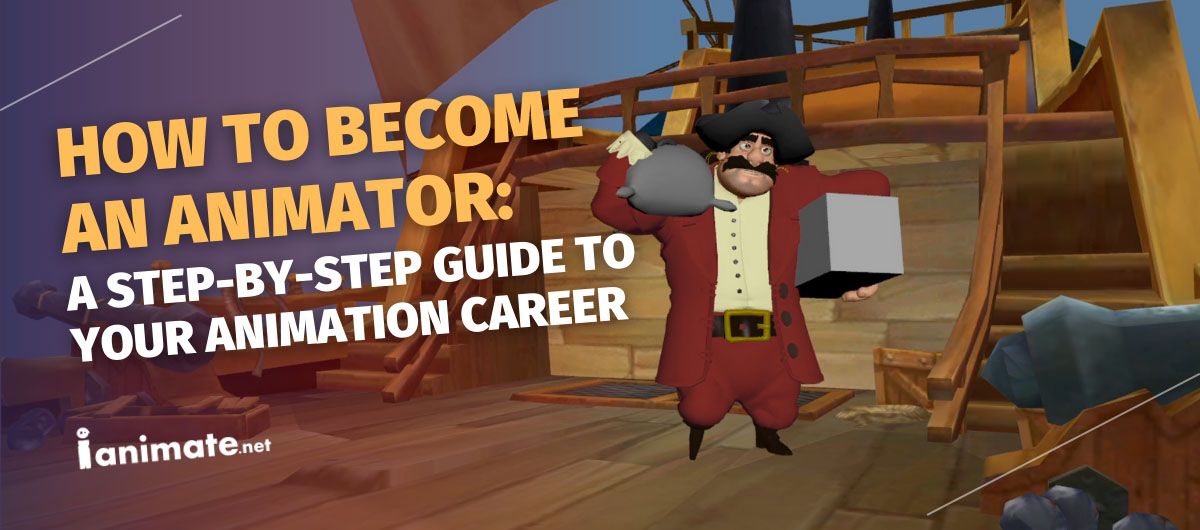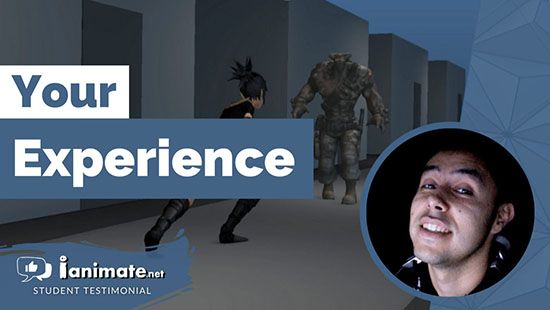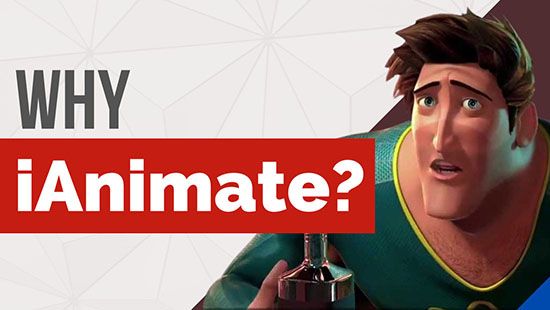How to Become an Animator: A Step-by-Step Guide to Launch Your Animation Career
Learn how to become an animator with these tips and advice. Discover what it takes to pursue a career in animation. Take the first step toward your dreams.

Introduction
Animation is a highly competitive and rewarding field. It requires creativity, talent, and hard work, but it also offers plenty of opportunities to create amazing work that can inspire and entertain people. In this post, we will provide a step-by-step guide on how to become an animator and launch your animation career.
1. Learn the Fundamentals - make Fundamentals your playground
The first step to becoming an animator is to learn the fundamentals of animation. This includes principles such as timing, spacing, weight, and movement. You can start by studying online tutorials, and books, or taking classes. A good understanding of these basics is essential to creating believable and captivating animation.
Some great resources for learning animation include:
- Online animation workshops such as those offered by iAnimate.
- Books and online tutorials like "The Animator's Survival Kit" by Richard Williams, or "The Illusion of Life: Disney Animation" by Frank Thomas and Ollie Johnston.
- Practice exercises such as animating a bouncing ball, a walk cycle, or a dialogue scene.
With us, you'll receive one-on-one guidance from seasoned animators who are passionate about teaching and committed to helping you achieve your goals.
2. Create Your Portfolio - Portfolio that Rocks and Stands Out
Your animation portfolio is your chance to showcase your skills and creativity to potential employers. A good portfolio should include a variety of animation styles and techniques, demonstrating your versatility and range. With iAnimate, you'll be able to craft a stunning demo reel that showcases your talent and quality shots that are sure to get you noticed by studios.
Here are some tips for creating a strong portfolio:
- Choose your best work and showcase it first.
- Include a variety of animation styles and techniques.
- Keep your portfolio concise and well-organized.
- Make sure your animation is polished and well-timed.
- Consider adding additional materials such as character designs, storyboards, or concept art to demonstrate your skills in related areas.
3. Find Opportunities for Experience
To gain experience and build your network, consider finding internships or apprenticeships, participating in animation communities, and seeking freelance work. These opportunities can help you develop your skills, learn from experienced animators, and make valuable connections.
Some resources for finding animation opportunities include:
- Animation studios that offer internships or apprenticeships.
- Freelancing platforms such as Upwork, Freelancer, or Fiverr.
- Animation communities such as the Animation Guild, Women in Animation, or the ASIFA-Hollywood Animation Archive.
We don't just help you develop your animation skills, we also provide opportunities to showcase your work in the industry through our Student Spotlight program. In addition, we feature Student Testimonials and Insights by the Pros to give you a glimpse into the world of animation and the kind of work that can be achieved with our personalized online training.
4. Keep Learning and Growing
The animation industry is constantly evolving, so it's essential to keep learning and growing as an animator. Attend conferences and events, read industry publications, and stay up-to-date with the latest technology and software.
Here are some tips for continuing your education as an animator:
- At iAnimate, you can learn more from Live Demos with animation veteran Jason Ryan which provides an unparalleled opportunity to learn from a true master of the craft. With over a decade of experience distilled into these sessions, you're sure to come away with valuable insights and skills that can help you take your career to the next level.
- With access to our online forums like iAnimate Podcast, you'll have a chance to connect with other animators and get even more advice and guidance on your journey.
- Attend animation conferences and events such as SIGGRAPH or CTN Animation Expo.
- Read industry publications such as Animation Magazine or Cartoon Brew.
Conclusion
In conclusion, becoming an animator takes hard work, dedication, and a strong passion for the craft. It is not an easy road, but it is certainly a rewarding one. If you're committed to your dream of becoming an animator, then take the necessary steps to make it a reality. Keep practicing, studying, and improving your skills every day.
If you're serious about pursuing a career in animation, then let iAnimate help you jumpstart your journey. Enroll in one of our workshops today and take the first step towards achieving your dreams. Remember, every animator started somewhere, and with iAnimate, you can start on the right foot.
Artilce by Richard Arroyo & iAnimate Team





